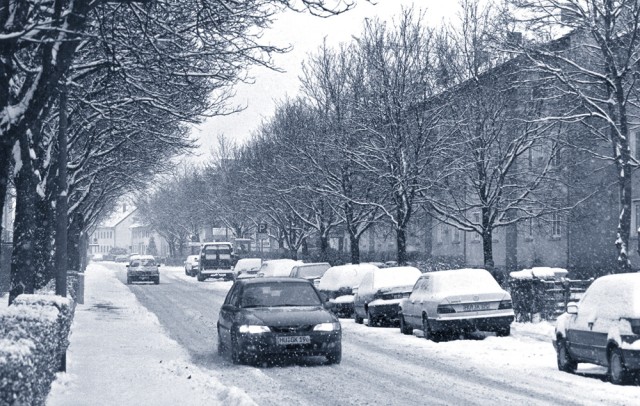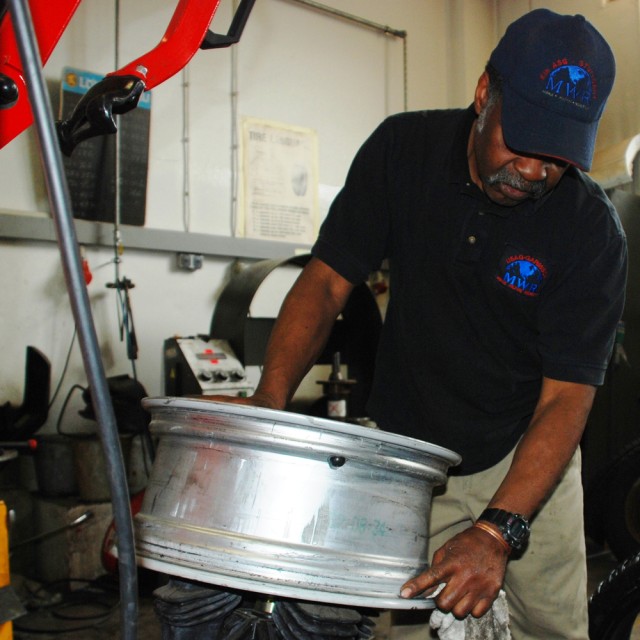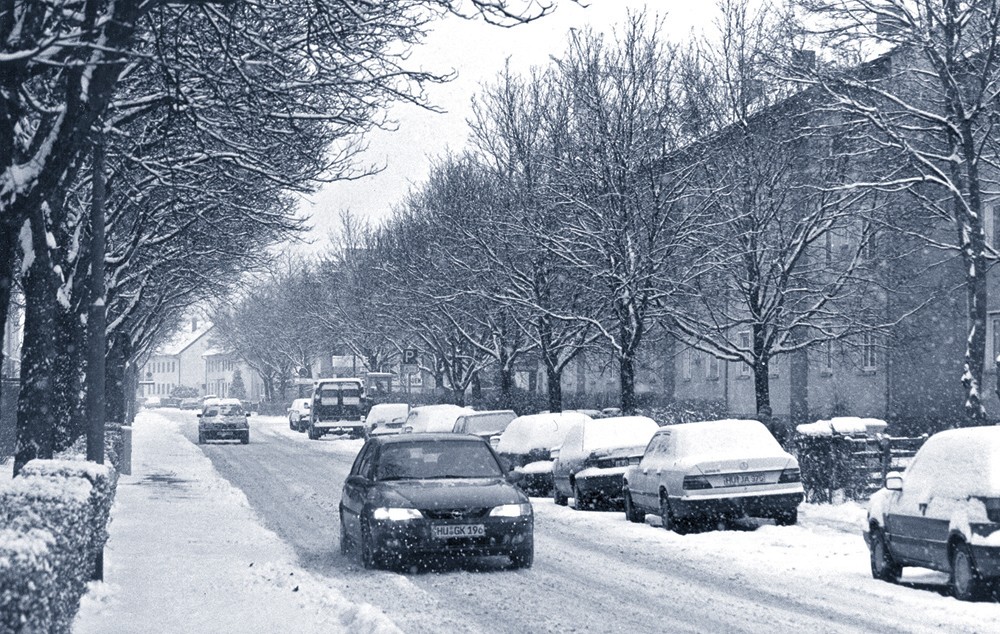GARMISCH, Germany - When it comes to winter driving in Germany and Austria, there's been some confusion about winter tires and driving laws.
By living at the base of the Alps here - or at most other installations in Europe - one of the first things that people learn at the onset of winter is that they'll need a second set of tires for their personal vehicles. But what type of special winter tires, if any, are required by German and Austrian laws'
There are two kinds of symbols on European winter tires: a snowflake representing "snow" tires, and "M+S," meaning the tires are designed to work in mud and snow.
The confusion comes from an ambiguity of laws enacted in the past few years. It doesn't specifically mandate the use of a certain type of winter tire, only that the tire be designed for the type of weather conditions expected to be encountered.
The German law states that tires must be "suitable to the weather." This means snow, ice and freezing conditions on the roads like black ice, a thin coating of ice that's hard to detect before you're sliding on it. Black ice is especially present on bridges, usually preceded by a warning sign.
Austrian laws are more specific. Like German law, the tires must have the snowflake or M+S marking and must have at least 4 millimeters of tread pattern. However, the Austrians require winter tires to be used from Nov. 1 to April 15, and in some places snow chains are required.
To avoid unnecessary damage to the roads, snow chains are to be used where warnings are posted or when directed so by the police.
Also, heavy snow or ice patches are commonly found on the high mountain roads of Austria. Winter tires should be used in all winter conditions, and driving with chains on fair weather tires isn't acceptable. Furthermore, signs advising motorists to use their chains will be posted.
In both countries, all four tires should match, meaning you can't get by with just swapping out the "drive" tires.
Practically speaking, the Polizei don't go around checking your tires, but if you're the cause of an accident and a "Stau" (traffic jam) stalling the flow of traffic, you can expect a ticket of 20 euros for not having the correct tires and another 40 euros for causing the jam. In Austria, the fines can range between 35 euros to a painful 5,000 euros for non-compliance.
"Drivers who obstruct or endanger traffic due to summer tires will definitely be ticketed," warned Andreas Tuerk, safety officer for U.S. Army Garrison Garmisch.
Additionally, insurance companies may deny coverage to motorists driving with summer tires on wintry roads, added Tuerk.
Some auto insurance companies might deny or invalidate claims, making the driver liable for part or all of any damage or injury if an accident occurs without winter tires. This isn't automatic, however.
And the "police can assign blame to a motorist without snow tires, regardless of who actually caused the accident," Tuerk said.
Tires specifically designed for snow will function better than the multi-purpose ones, but the most important thing is for a good set of tires with at least 1.6 millimeters of tread pattern. For best safety practices, however, tires with a tread pattern of less than 4 millimeters should be replaced.
Usually, tires can be inspected for safety at many installation Auto Crafts Shop, auto dealers, most tire shops or road service providers. AAFES Car Care Centers also provide safety checks.
And when buying winter tires from AAFES, it is wise to call ahead to ensure they have the correct size, especially if your car has after-market rims.
"Your car must be equipped with the right tires depending on road conditions," said Ivano Novarini, from the garrison's Directorate of Logistics.
Novarini is responsible for the garrison's vehicle fleet and a veteran of many an Alpine winter. He goes by a tip he picked up years ago.
"If the temperature drops constantly below 7 centigrade, the use of winter tires is a lot safer, even on dry roads or rain, because of their special mixture which guarantees better grip in low temperatures," advised Novarini. "I go by 'it's getting cold, let's put winter tires on.'"
Besides your personal vehicle, it's also wise to be careful when renting a car. Some rental agencies may charge an additional fee for winter tires. Check before you rent, depending on where you'll be driving. Winter tires are required by law in several other European countries, including Sweden, Finland and the Baltics.
If you're still unclear on the type of tires needed, contact the garrison Safety Office or speak to someone at Vehicle Registration.
The bottom line is that winter driving conditions add a dangerous dimension to driving - use winter tires, common sense and slow down.




Social Sharing